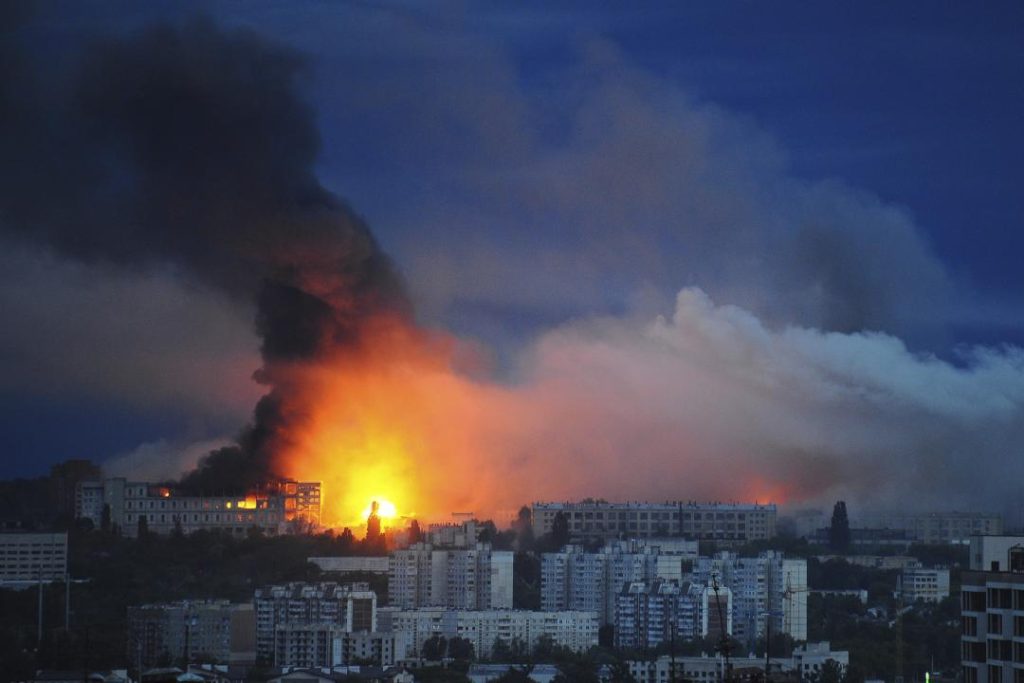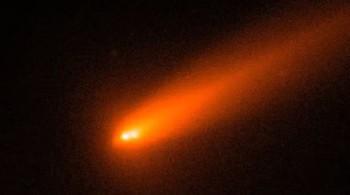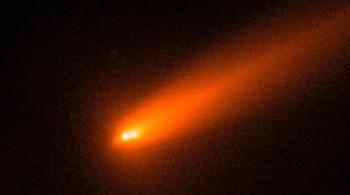
Russia Bombards Ukraine with 479 Drones
In a shocking turn of events, Russia launched a massive drone attack on Ukraine, with 479 unmanned aerial vehicles (UAVs) pouring into the country over a period of several hours. This unprecedented overnight drone bombardment is the largest of its kind in the ongoing conflict between the two nations.
According to reports, Ukraine’s air force confirmed that, in addition to the drones, 20 missiles of various types were fired at different parts of the country. The Ukrainian military has been scrambling to counter the attack, with fighter jets and anti-aircraft systems being deployed to intercept the incoming drones.
This latest escalation comes in the wake of Ukraine’s attack on Russian jets last week, which prompted Russia to threaten to “blow up” Ukraine. The Russian military has been increasingly reliant on drone technology in its war efforts, and this latest attack appears to be a response to Ukraine’s efforts to disrupt their aerial operations.
The Ukrainian air force has reported that the drones were launched from multiple locations within Russia, and were able to evade Ukrainian air defenses for much of the attack. However, Ukrainian officials have emphasized that their military was able to shoot down many of the drones, and that the attack did not result in significant damage or casualties.
The Russian drone attack has caused widespread disruption across Ukraine, with many cities and towns experiencing power outages and other infrastructure disruptions. The Ukrainian government has vowed to take swift and decisive action to protect its citizens and defend its territory against the Russian aggression.
This latest development in the ongoing conflict highlights the growing importance of drone technology in modern warfare. Drones have become increasingly popular among militaries around the world due to their ability to gather intelligence, conduct reconnaissance, and even engage enemy targets without putting human lives at risk.
However, the use of drones in combat also raises important ethical and legal questions. The distinction between civilian and military targets can be blurry, and the risk of accidental strikes or collateral damage is always present. Moreover, the proliferation of drone technology has created new challenges for military leaders and policymakers, who must balance the need to protect their own forces with the need to avoid harming innocent civilians.
In the case of the ongoing conflict between Russia and Ukraine, the use of drones has become a key factor in the war effort. Both sides have employed drone technology to gather intelligence, conduct attacks, and disrupt each other’s operations. However, the use of drones has also raised concerns about the safety and security of civilians, who may be caught in the crossfire or affected by the indiscriminate use of force.
As the conflict continues to evolve, it is likely that the role of drones will become even more significant. Both sides will need to adapt their tactics and strategies to counter the threats posed by these unmanned aerial vehicles. In the meantime, the international community must continue to monitor the situation closely and work to find a peaceful resolution to the conflict.
Source:
https://repository.inshorts.com/articles/en/PTI/371a4989-93bc-4668-8dcd-8a2fb1ba4e36






